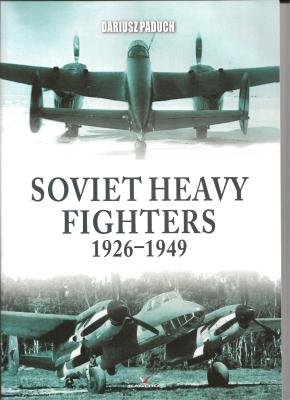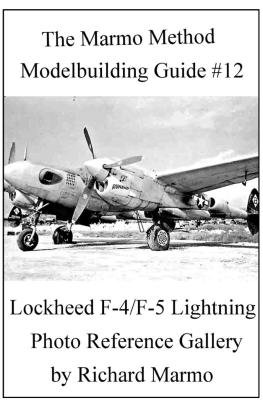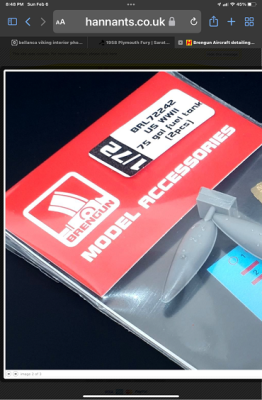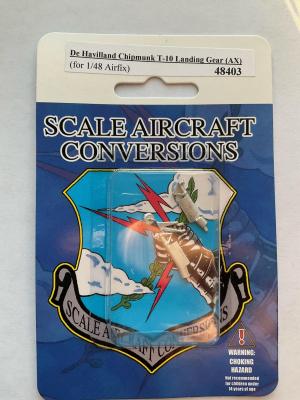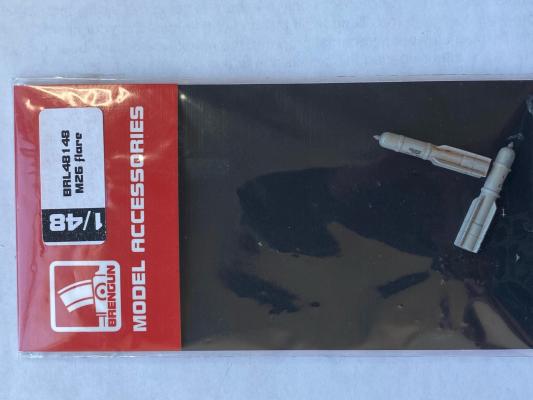This book comprises twenty-two segments each covering a different aircraft design. The heavy fighter concept was one that was tried out by many different nations. In theory these aircraft were to perform a variety of missions such as ground attack, bomber protection/escort as well as reconnaissance without the aid of single engine fighters. More often than not it was found that the heavy fighters needed their own single engine fighter escort for protection on missions.
Many of the aircraft covered in this book are by lesser-known designers and thus the aircraft themselves are lesser known as well. Many of these designers struggled within Stalin’s government where failure was almost certainly to catch the ire of the communists in charge. The communist government and Stalin’s purges lead to an exodus of many bright technicians and engineers. This in turned caused issues with the ability to design reliable engines thus requiring many to be imported.











